How Does Automation Equipment Boost Efficiency in Tomato Paste Production Lines?
In today’s food processing industry, automation is a key driver in increasing efficiency, enhancing quality, and managing costs. As a widely used condiment, tomato paste requires efficient production processes to meet consistent demand. This article explores how automation equipment enhances efficiency in tomato paste production lines and provides practical insights into improving productivity and profitability.
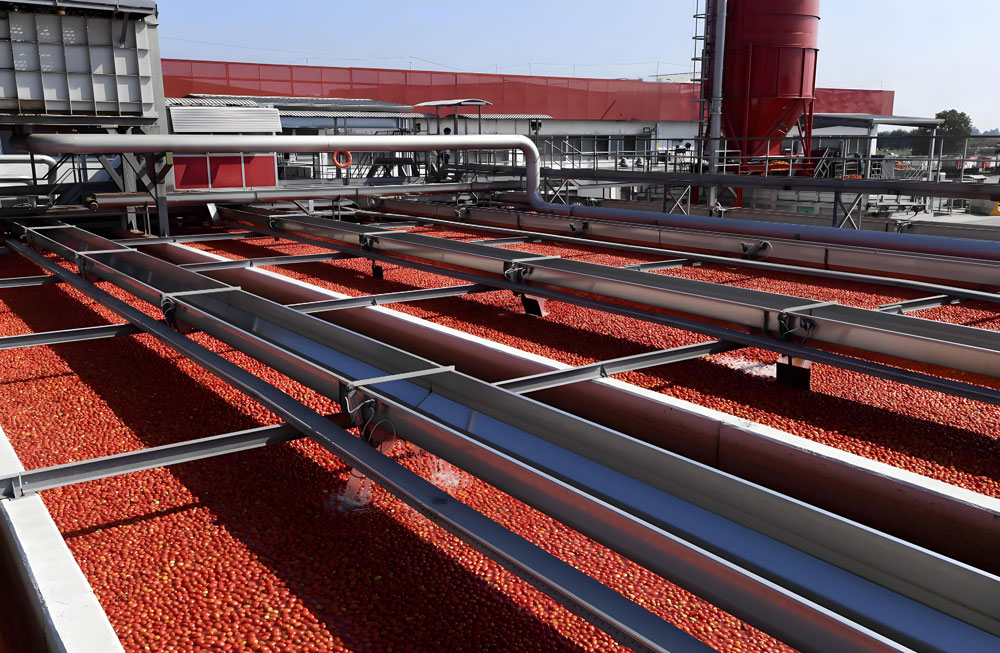
1. Increasing Production Capacity and Reducing Processing Time
Boosting capacity is essential in tomato paste production, especially during seasonal demand. Automation equipment allows continuous operation, handling large volumes of tomatoes with remarkable speed from washing and peeling to chopping. For instance, high-speed peeling machines can process several tons of tomatoes per hour, reducing traditional production times from hours to minutes.
By shortening production cycles, automation enables manufacturers to produce more tomato paste in a given period, meeting market demand during high-demand seasons and significantly increasing total output.
2. Lowering Labor Costs
Automation also greatly reduces the need for manual labor, saving labor costs and minimizing dependency on large teams. In traditional production lines, every step requires manual oversight, but automated systems can handle most tasks independently, minimizing human error and increasing efficiency. Automated packaging and filling machines, for example, ensure standardized filling of each container, preventing overfilling and underfilling to avoid waste.
Reducing labor reliance helps control operational costs and enables resources to be reallocated to other areas, such as R&D or marketing, to build a competitive edge.
3. Enhancing Product Quality and Consistency
Product quality and consistency are paramount in food processing, and automation provides significant improvements here. Automated systems precisely execute each production step, ensuring uniform texture, color, and flavor in the tomato paste. For example, automated cooking and mixing systems offer precise temperature control, essential for preserving taste and extending shelf life.
Automation simplifies enforcing quality standards across production, ensuring each product meets specifications, and automated quality control systems catch substandard products, maintaining brand reputation and consumer satisfaction.
4. Reducing Waste and Saving Production Costs
Automation offers substantial benefits in reducing waste. For instance, automated ingredient dispensing systems add ingredients in precise amounts, preventing resource wastage. Additionally, automated packaging systems ensure each container is filled accurately, avoiding overuse or underuse.
Automated processes also offer energy efficiency. Many modern machines adjust energy consumption based on real-time demand, conserving power and reducing utility costs. For companies seeking to lower production costs and promote sustainability, such energy-saving options provide substantial value.
5. Adapting to Market Demand with Greater Flexibility
Automation brings flexibility to production, a crucial factor for adjusting to market shifts. Automated equipment is highly customizable, enabling manufacturers to meet different product specifications and packaging requirements with minimal adjustment costs. During peak demand, an automated line can quickly ramp up production to ensure uninterrupted supply, and during low demand, it can scale down, avoiding unnecessary storage costs.
This flexibility helps companies maintain a competitive advantage, aligning production with demand fluctuations and reducing downtime.
6. Improving Food Safety Standards
In food processing, food safety remains a top priority. Automation minimizes human handling, reducing contamination risks. For example, automated washing and sanitizing equipment thoroughly cleans tomatoes before processing, prolonging product shelf life and ensuring safety.
By embedding food safety controls in each production step, automated systems help identify and mitigate contamination risks, ensuring products meet food safety standards and regulatory requirements.
7. Real-Time Data Monitoring and Process Optimization
Many automated systems offer data monitoring capabilities, providing real-time production metrics like temperature, humidity, and speed. These insights allow companies to make informed decisions quickly. For example, data monitoring can reveal bottlenecks in production, enabling timely process adjustments.
Additionally, real-time data enables predictive maintenance. If sensors detect irregularities, such as temperature changes or decreased output, the maintenance team can act promptly, avoiding breakdowns and extending equipment lifespan. Implementing predictive maintenance reduces unexpected downtime and optimizes overall production performance.
Conclusion
In tomato paste production, automation equipment is invaluable, increasing capacity, reducing costs, enhancing quality, minimizing waste, adapting to market needs, improving food safety, and optimizing processes through data insights. For food processing businesses, automation isn’t just a technological upgrade—it’s a strategic investment in efficiency and competitiveness.
How Does Automation Equipment Reduce Energy Costs in Tomato Paste Production?
1. How Does Automation Reduce Energy Consumption?
Automation equipment can effectively control energy consumption during production. By intelligently adjusting operating times and power levels, automation minimizes unnecessary energy waste. Automated control systems monitor production parameters in real time and adjust equipment operation accordingly, ensuring optimized energy use.
For example, advanced tomato paste production lines can allocate energy use efficiently by implementing sensors and controllers, achieving an energy reduction of about 20%.
2. Improving Production Efficiency with Automation
Efficiency gains often go hand-in-hand with reduced energy use. Traditional tomato paste production relied on manual processes, causing inefficiencies and energy waste in heating and cooling phases. Automation allows continuous production, reducing idle times and energy waste.
Automation also enables the production line to operate 24/7 with a consistent production pace. Not only does this high-efficiency production reduce energy waste due to production stoppages, but it also allows businesses to respond flexibly to demand fluctuations.
3. Intelligent Monitoring for Energy Optimization
One key advantage of automation equipment is intelligent monitoring systems. These systems gather real-time energy consumption data, providing a precise overview of energy use in critical stages such as heating, concentration, and filling.
By implementing automated monitoring, a tomato paste factory can identify high-energy-consuming points and optimize those stages, achieving an energy saving of around 10%.
4. Automation Optimizes Production Processes
Automation equipment can also play a significant role in process optimization. For example, automated systems allow for precise control over heating and cooling times to ensure that energy is used most effectively at each stage. Automation allows tomato paste production to be more streamlined, with optimized flows reducing energy losses.
Automating the concentration and filling stages can further reduce energy waste, especially in processes requiring large amounts of heat or cooling. This enables a more efficient heat distribution and keeps the production line running at optimal levels.
5. Energy-Efficient Certified Equipment in Automation
Today, many automation devices come with energy efficiency certifications like Energy Star. Using certified energy-saving equipment not only reduces energy costs but can also qualify companies for government subsidies or tax incentives.
For example, equipment with variable frequency control, intelligent standby, and waste heat recovery technology greatly reduces energy consumption. In the filling phase of tomato paste production, using variable frequency technology allows machines to operate only when needed, significantly reducing energy waste.
6. Maintenance and Management of Automation Equipment
Regular maintenance is essential for ensuring automated equipment operates efficiently and reduces energy waste. Many automation systems include self-diagnostic and alert functions, which signal potential issues before they result in increased energy consumption.
An automated management system allows for centralized control of production line equipment, ensuring machines run at their optimal state. Effective maintenance prolongs equipment life and reduces breakdown incidents, indirectly lowering energy use.
7. Supporting Sustainability Goals with Automation Equipment
The use of automation equipment significantly reduces resource consumption, which is critical for achieving sustainability goals. In tomato paste production, reducing energy consumption lowers production costs and helps companies reduce carbon emissions, supporting environmental goals.
For example, a major tomato paste producer used automation to lower carbon emissions by thousands of tons annually. This success has increased recognition for the company in the global market and gained favor among environmentally-conscious consumers.
For example, a major tomato paste producer used automation to lower carbon emissions by thousands of tons annually. This success has increased recognition for the company in the global market and gained favor among environmentally-conscious consumers.
Next : Beef Processing Equipment: Production Processes and Advantages for Enhanced Efficiency and Quality
Must-Read Blogs For Chain Restaurants Owner

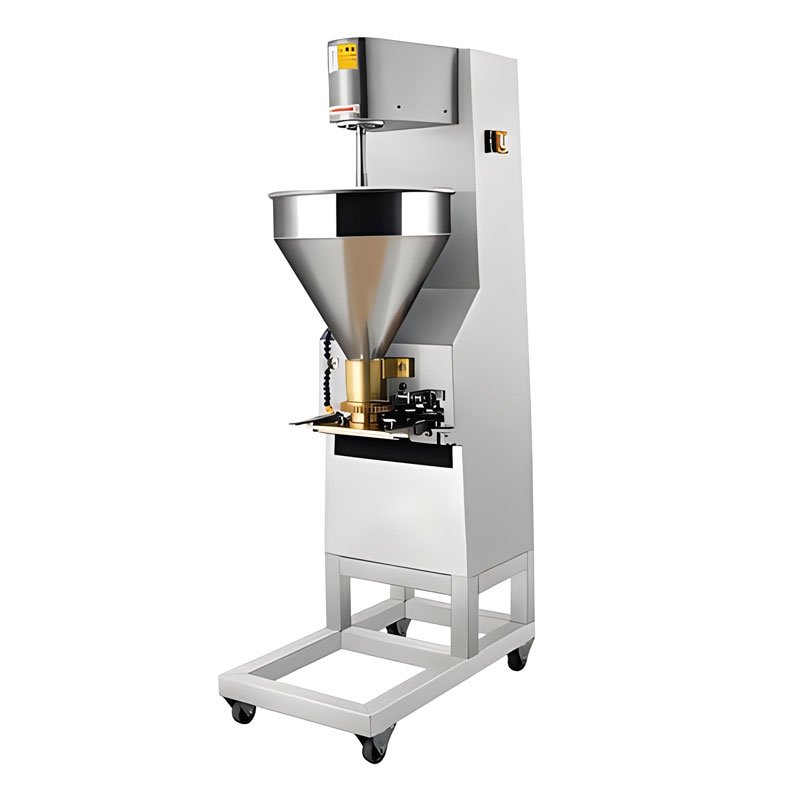
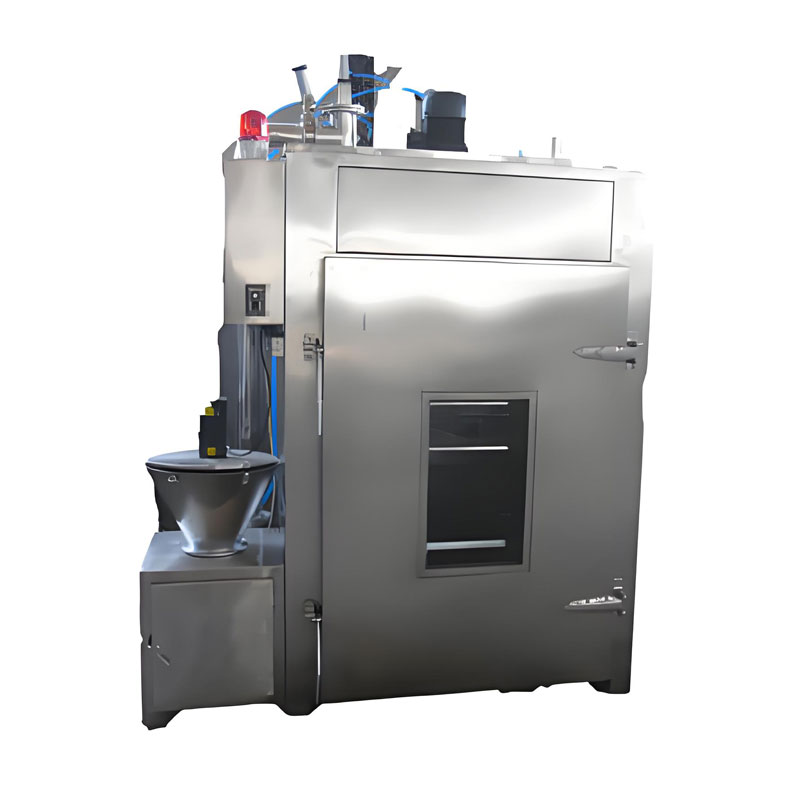
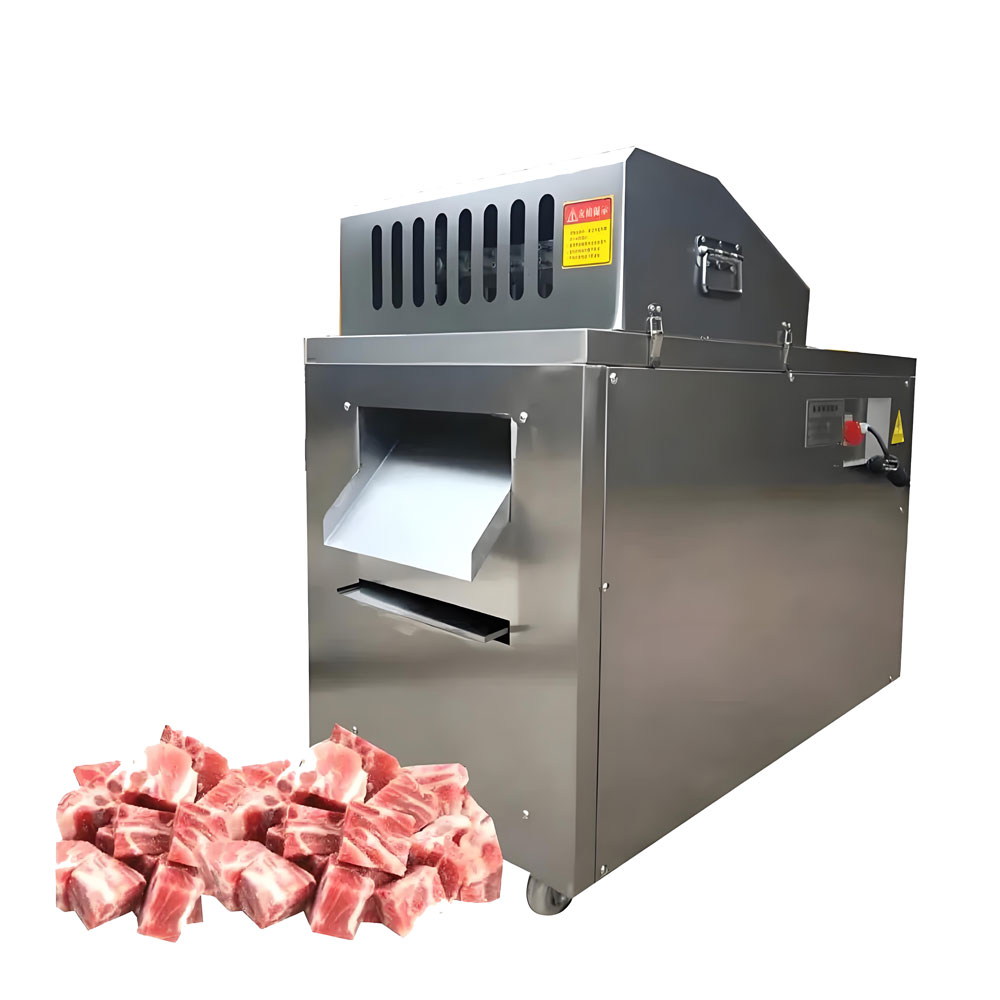
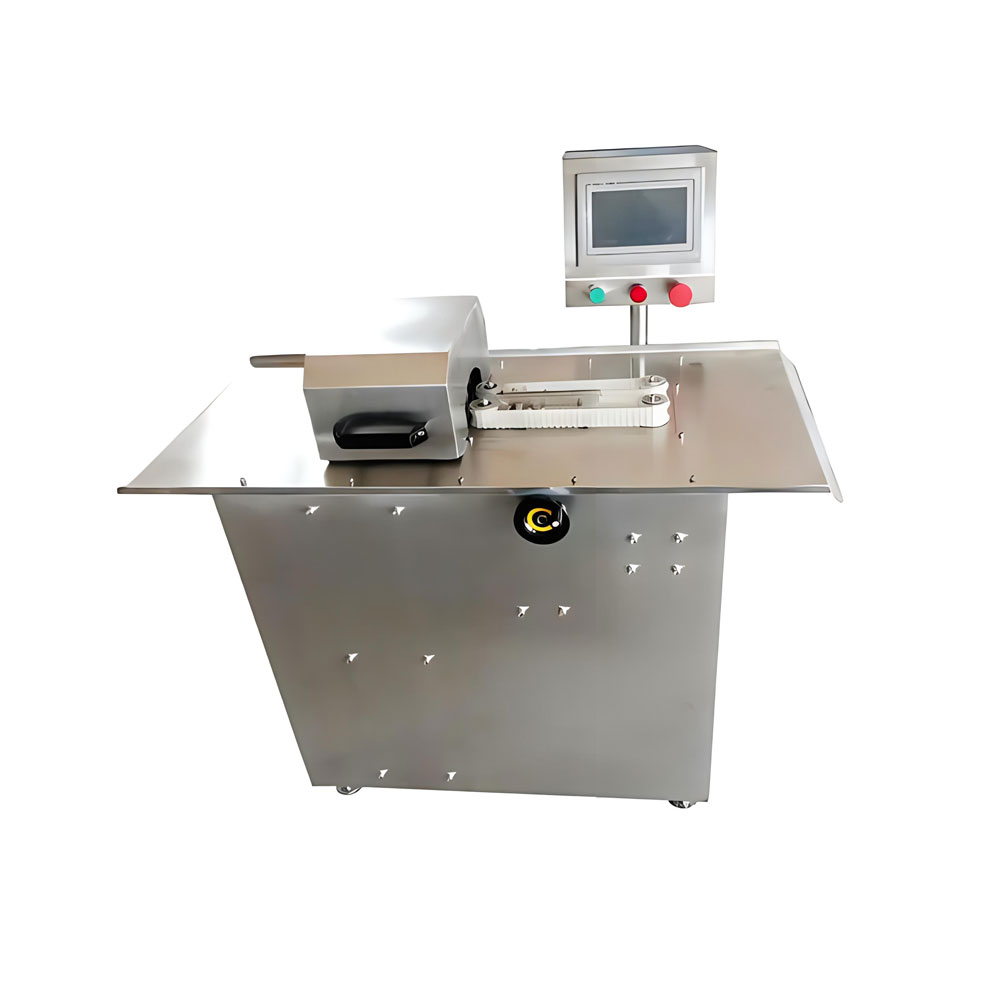
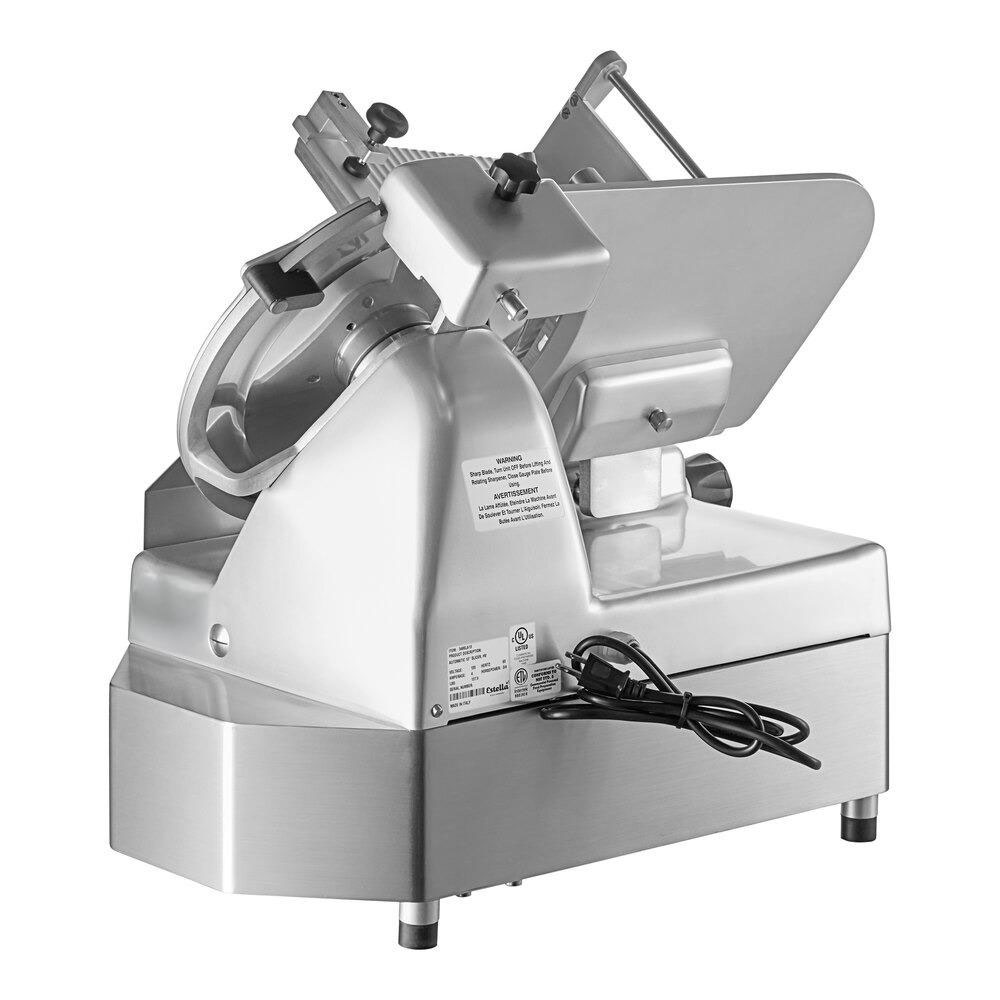
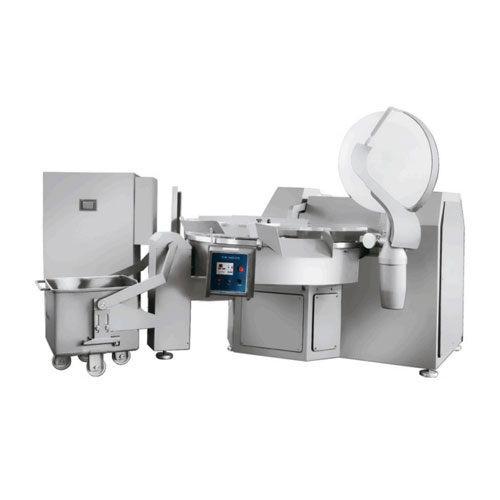
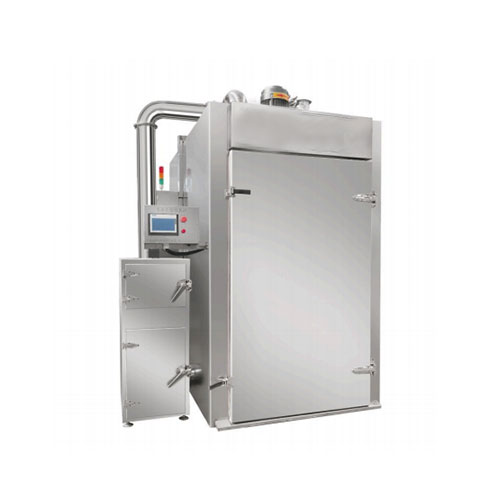
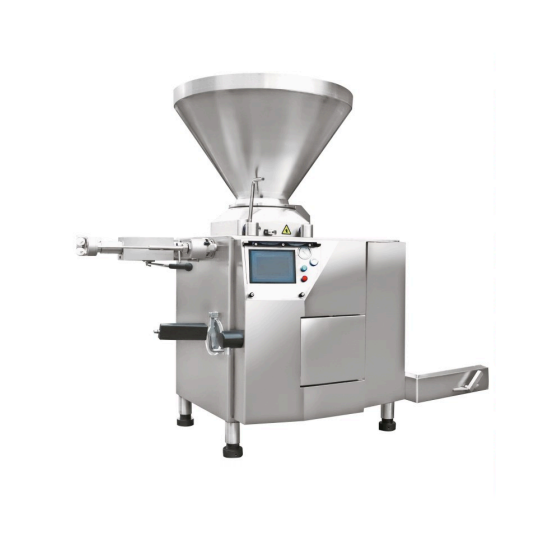
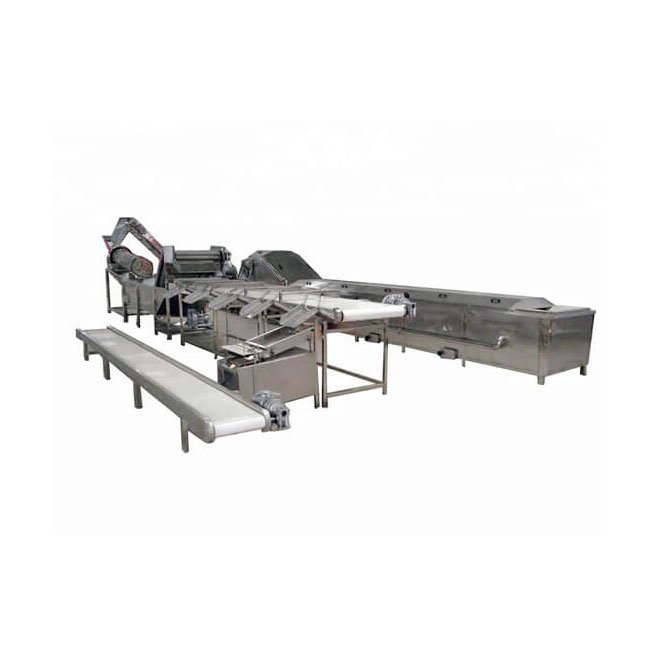
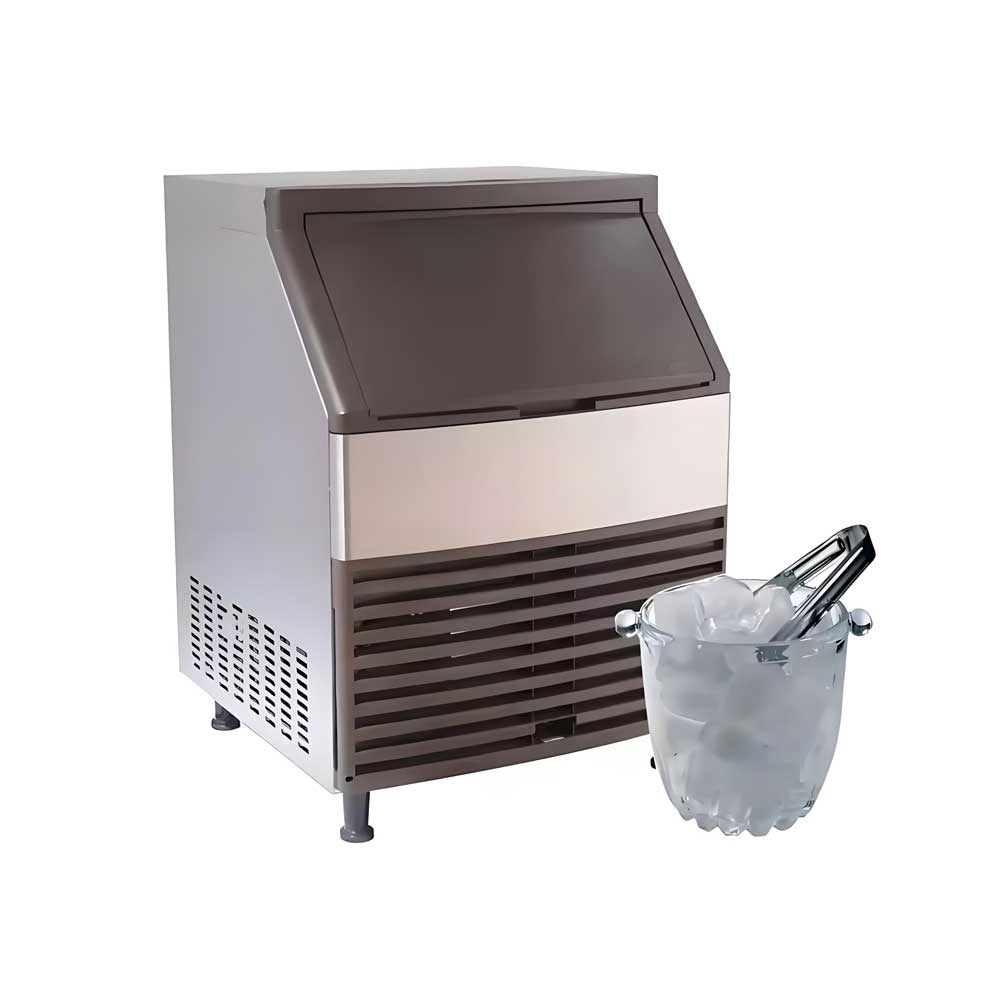
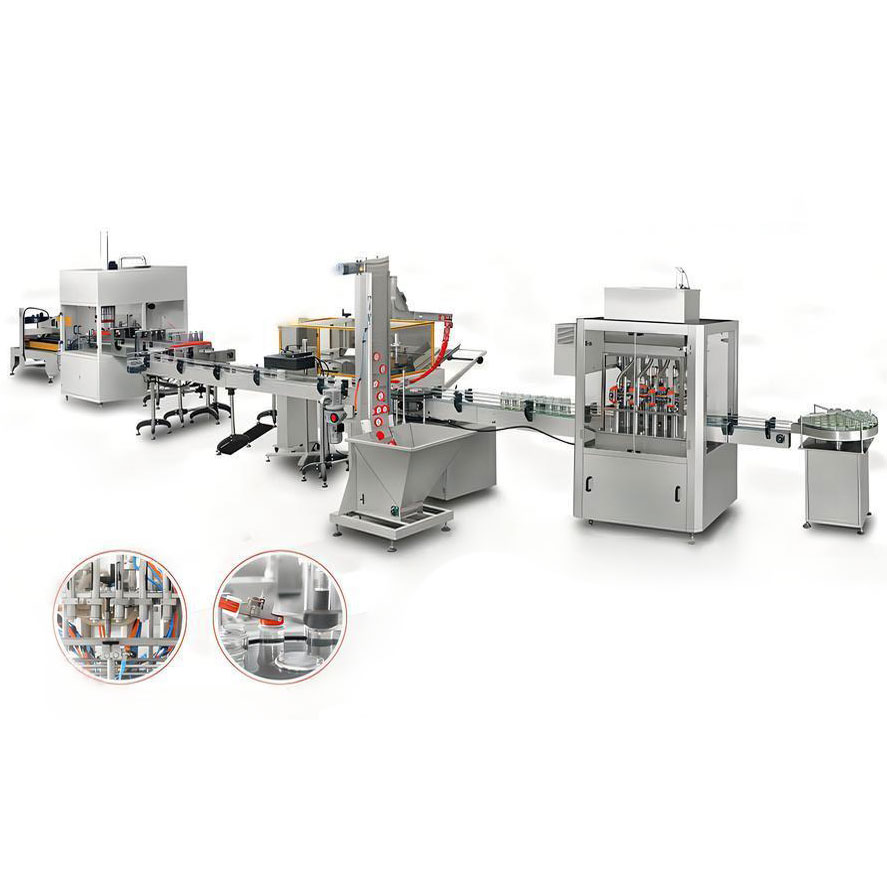 Tomato Paste Production Line
Tomato Paste Production Line Portable Flake Ice Machine
Portable Flake Ice Machine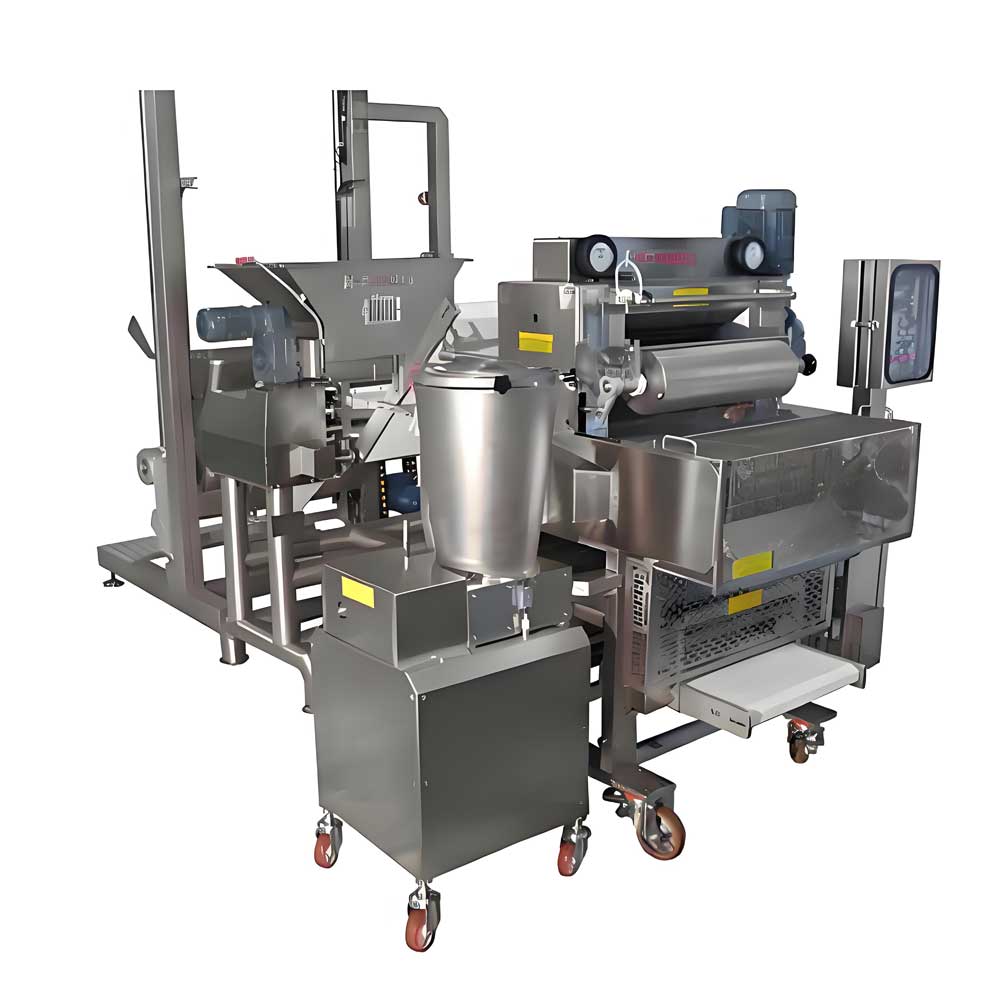 Pelmeni Making Machine
Pelmeni Making Machine
Ready to Get Started?